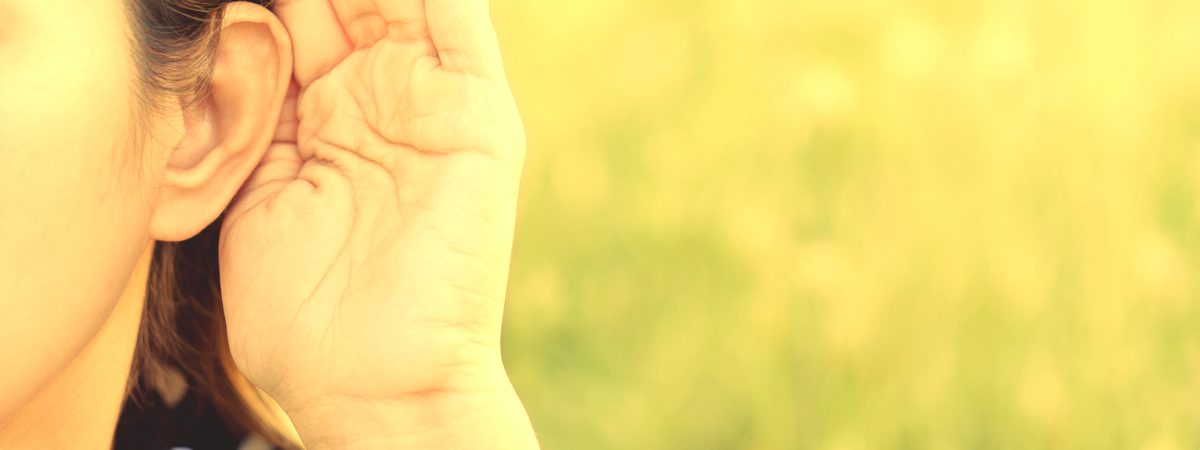Attention. That’s really what podcasters are asking of their audiences, and therefore that’s what advertisers are buying on podcasts. It’s also why a recent blog post from Dan Misener, co-founder of the podcast growth agency Bumper, got, uh, a lot of attention from the industry. Dan proposes a method to help podcasters to “[m]easure attention, not just downloads.”
Dan’s formula gives podcasters a clever way of aggregating data from a few sources in order to come up with an estimated “Listen Time” for their episodes. Even though this method is specifically intended for producers, as soon as I read this post I thought to myself, if I were an advertiser I’d want to get in on this.
Unfortunately, the state of podcast adtech – and the fact that most podcast players are disconnected from ad servers – means the “Listen Time” method isn’t ready to measure most ad campaigns.
However, I propose that we already have a proven method for measuring attention to podcast ads: the brand lift study.
What Is a Podcast Brand Lift Study?
A podcast brand lift study measures the impact of advertising on an audience’s perception of that brand. Standard metrics include listeners’ awareness of the brand, their favorability towards it, and if they would consider or intend to purchase a product or service. A typical study will also include questions about brand messages and attributes that indicate how well listeners remember and agree with them.
We obtain these metrics by surveying listeners who’ve been exposed to a podcast ad campaign. In order to isolate the effect of the podcast ads we also survey a control group of listeners who weren’t exposed to it. The lift is the difference between the two. For instance, if 45% of those who didn’t hear an ad say they’re aware of the brand, but 66% of listeners who heard an ad say they are, then the lift is 21%. That’s a good score, by the way.
How Does Brand Lift Measure Attention?
The answer is quite straightforward: in order to remember something, listeners need to have heard it in the first place. Ergo, if a study shows that listeners who were exposed to an ad have a better perception and understanding of the brand – more awareness, increased favorability, or agreement with a brand attribute – it’s pretty logical to conclude they were paying attention.
In particular, the questions about brand messaging and attributes create a more articulate understanding of the effect. We get the clearest picture when we test attributes or statements that come right out of the ad creatives. This indicates listeners’ attention more strongly, especially when there is copy that is unique to the podcast campaign.
Note that I keep using the word “exposed to” rather than “heard” or “listened to” an ad. That careful word choice is very purposeful. It’s because without running a study we only know that listeners were likely exposed to or had the opportunity to hear an ad. We hope they listened, but only a study provides the evidence that they actually heard, and remembered something.
Without going into too much detail, it’s worth noting that attention measurement in advertising is a bit fraught–there are different specific metrics depending on the medium, especially visual media, and not necessarily broad agreement there, either. So, using the term “attention” may cause confusion about which definition is in play. Moreover, there is no widely accepted definition for podcasting, in particular.
Because of this my colleague Jeff Vidler suggests that “engagement” may be a better term for what I’m discussing. It’s a way to sidestep the debate and keep the focus on the listener leaning in, because the podcast, and ad creative, have earned that attention, per a recent newsletter from Steve Pratt.
Optimizing for Attention (or Engagement)
Dozens and dozens of brand lift studies have shown us that some podcast ads are better than others. But the great thing about this research is that it helps us understand why an ad works – why it holds attention – or why it doesn’t. Moreover, no ad is perfect, so this data gives us the ability to get better – to not just measure attention, but to optimize for it.
No doubt most stakeholders in the podcast industry are hoping for, and working towards innovation in measuring listening and attention. Taking a page from Dan Misener’s book, it’s also valuable to utilize the tools we have available to us today. And brand lift is definitely a tool that continues to yield real-world insights.
Signal Hill Insights specializes in custom research solutions for publishers, broadcasters and advertisers. To know more about how our Brand Lift Studies or our other research can help you, connect with us.




